
Quick Look
| Density | Melting Point | Thermal Conductivity | Electrical Conductivity | Coefficient of Expansion |
|---|---|---|---|---|
| 8.7-8.9 g/cm³ | 1083°C | 350-400 W/m·K | 58-60 MS/m | 16-17 µm/m·K |
About the Material
| ASTM | DIN | GB | Density (g/cm³) | Hardness | Tensile Strength,Yield (MPa) | Fatigue Strength (Mpa) | Elongation at Break (%) |
| C110 | E-Cu58&2.0090 | T2 | 8.9 | 35~45 HB | 210 | 80 | 40~50 |
| C101 | 2.0040 | TU1 | 8.9 | 35 HB | 210 | 80 | 50 |
Advantages:
High Conductivity: Copper alloys provide excellent thermal and electrical conductivity, ideal for electrical and thermal management applications.
Corrosion Resistance: Naturally resistant to corrosion, which makes them suitable for use in harsh environments.
Ease of Machining: Copper alloys are relatively easy to machine, which leads to lower production costs.
Attractive Finish: The natural appearance of copper alloys is aesthetically pleasing for decorative parts.
Limitations:
Material Cost: Copper alloys can be more expensive compared to other metals, impacting the overall cost.
Softness: Copper is relatively soft, which can result in wear or deformation under heavy loads.
Oxidation: Exposure to air can lead to surface oxidation, affecting appearance if not treated.
Chemical Composition Table for Copper Alloys
| Element | Typical Percentage (%) |
| Copper (Cu) | 85-95 |
| Zinc (Zn) | 5-10 |
| Tin (Sn) | 0.5-1.5 |
| Lead (Pb) | ≤ 0.5 |
| Iron (Fe) | ≤ 0.1 |
Mechanical Machining Properties Table for Copper Alloys
| Property | Value |
| Machinability Rating | Excellent |
| Cutting Speed (m/min) | 200-300 |
| Tool Wear Resistance | Moderate |
| Coolant Requirement | Optional |
| Surface Finish Quality | High |
Design Parameters Table for CNC Machining Copper Alloys
| Maximum Bulid Size (mm) | Minimum Wall Thickness (mm) | Minimum Assembly Gap (mm) | Tolerance (mm) | Minimum End Mill Size (mm) | Minimum Drill Size (mm) |
| 850x500x500 | 1 | 0.01 | Minimum 0.01 | 1 | 0.5 |
Industry Applications and Case Studies for CNC Machining Copper Alloys
Electrical Industry:
Application: Production of electrical connectors, terminals, and heat sinks.
Case Study: A company used CNC machining to create complex copper alloy connectors, ensuring high conductivity and reducing assembly time.
Plumbing and Marine Applications:
Application: Manufacturing of valves, fittings, and pumps.
Case Study: A plumbing company employed copper alloys to produce corrosion-resistant valves, enhancing durability and reducing maintenance.
Automotive Industry:
Application: Production of radiator components, electrical contacts, and brake components.
Case Study: An automotive manufacturer used CNC machining to produce copper alloy radiator parts, improving heat dissipation.
Frequently Asked Questions (FAQs) about CNC Machining Copper Alloys
What are the benefits of using copper alloys in CNC machining?
Copper alloys offer high conductivity, corrosion resistance, and ease of machining, making them ideal for various applications.
Is CNC machining suitable for high-volume copper alloy production?
Yes, CNC machining can efficiently handle both low and high-volume production of copper alloy components.
What industries benefit from CNC machining copper alloys?
Industries such as electrical, plumbing, marine, and automotive benefit from copper's properties.
How does copper compare to aluminum in terms of machinability?
Copper is generally easier to machine compared to aluminum, though it is softer and may require careful handling to avoid deformation.
What are the limitations of using copper alloys in CNC machining?
Limitations include higher material cost, susceptibility to oxidation, and softness compared to harder metals.
Can copper alloys be coated to prevent oxidation?
Yes, copper alloys can be coated or treated to minimize oxidation and maintain appearance.
What tolerances can be achieved with CNC machining copper alloys?
Typical tolerances are ±0.08 mm, depending on the specific requirements of the part.
Finishing Options

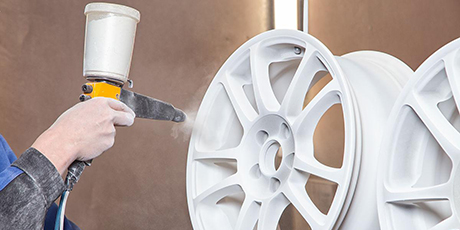

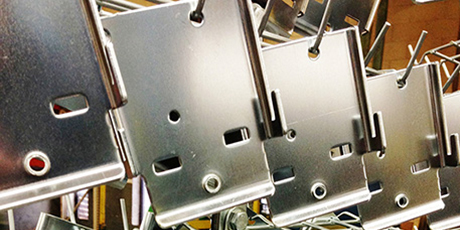
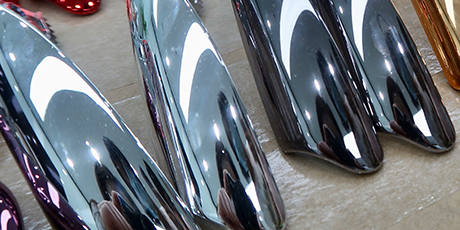

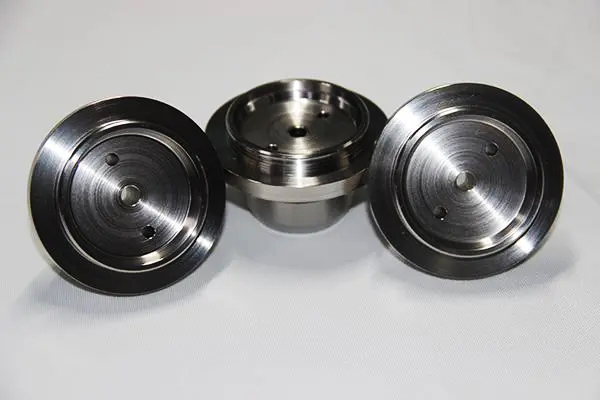
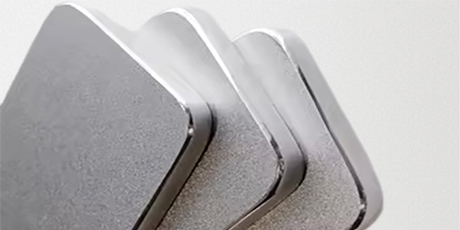










Parts Made by AutofabX

